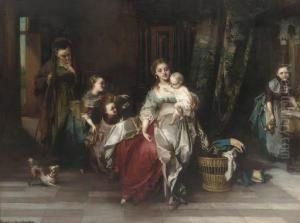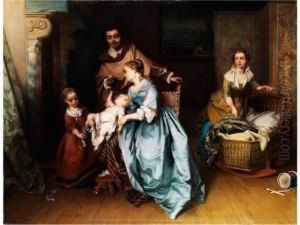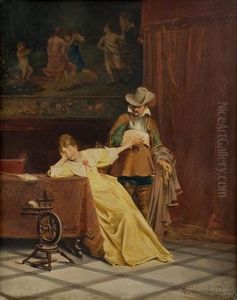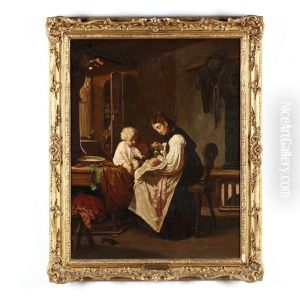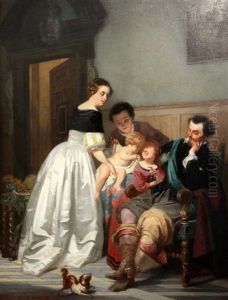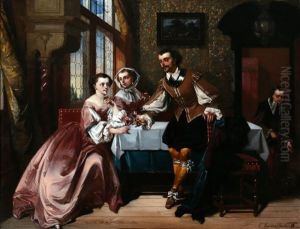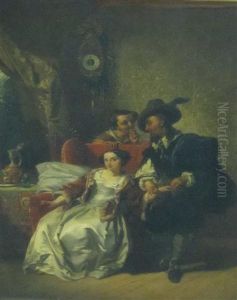Casimir Van Den Daele Paintings
Casimir Van Den Daele was a 19th-century Belgian artist known for his paintings and lithographs. Born on February 14, 1838, in Ghent, Belgium, he grew up in a time of significant artistic development in Europe. Van Den Daele's early life was steeped in the rich cultural atmosphere of his birthplace, which was a center for artistic and intellectual pursuits during that period.
Van Den Daele's artistic talents became evident at a young age, and he received formal art education at the Royal Academy of Fine Arts in Ghent. His education there provided him with a solid foundation in the classical art techniques that were prevalent during the 19th century. He was particularly inspired by the Flemish tradition, which has a long history of producing remarkable and influential artists.
After completing his education, Van Den Daele began to establish himself as a painter. His work encompassed a variety of subjects, including genre scenes, portraits, and historical paintings. He had a keen eye for detail and a talent for capturing the essence of his subjects, which earned him recognition amongst his contemporaries.
In addition to painting, Van Den Daele was proficient in the art of lithography, a printmaking technique that was gaining popularity at the time. Through lithography, he was able to reproduce his paintings and reach a wider audience. His lithographs, like his paintings, were characterized by their fine detail and subtle use of light and shadow.
Van Den Daele's career was marked by his dedication to his craft and his ability to adapt to the changing tastes of the art market. He exhibited his work at various salons and exhibitions, gaining accolades for his artistic skill and his contributions to Belgian art.
Despite his success, Casimir Van Den Daele's life was relatively short. He died on January 18, 1886, in his home city of Ghent. His works continue to be appreciated for their historical value and their representation of 19th-century Belgian art. Today, his paintings and lithographs can be found in several art collections and museums, where they stand as a testament to his skill and artistic legacy.
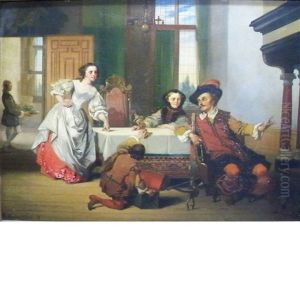
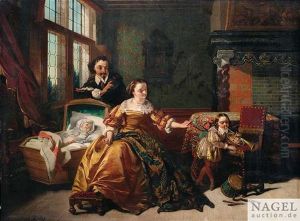
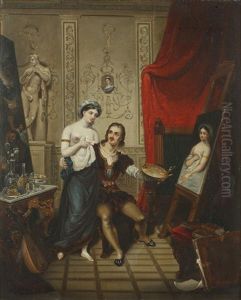
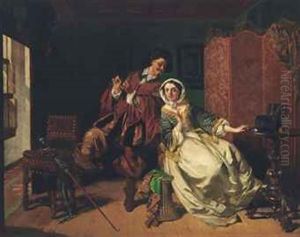

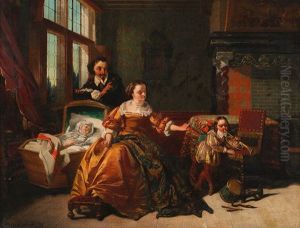
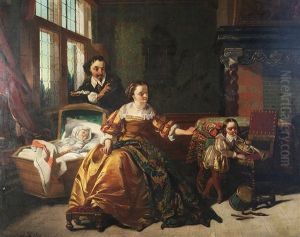
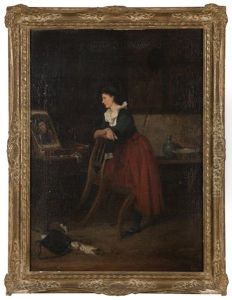
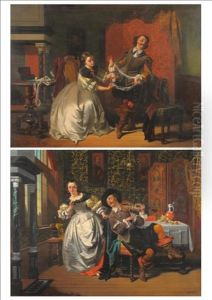
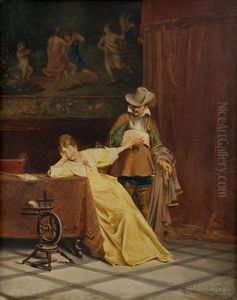
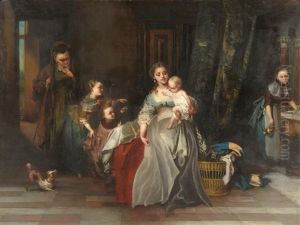
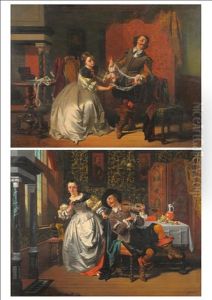
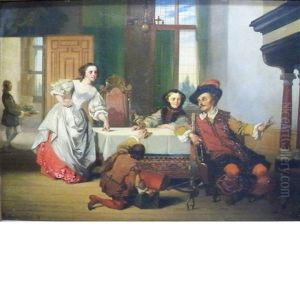
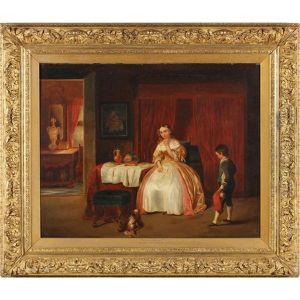
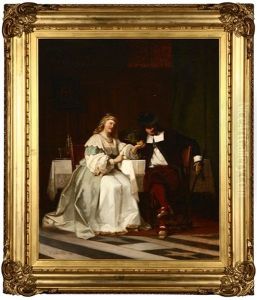
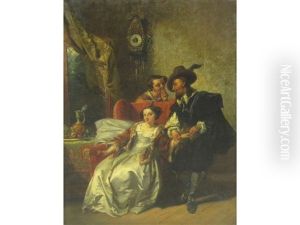
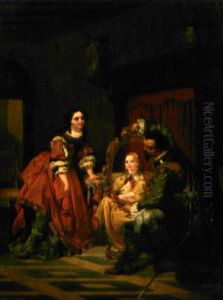
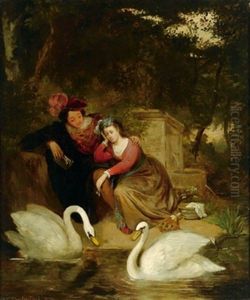
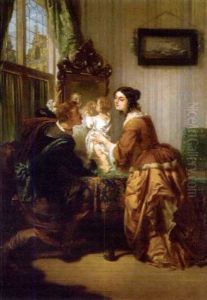
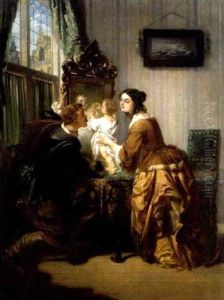
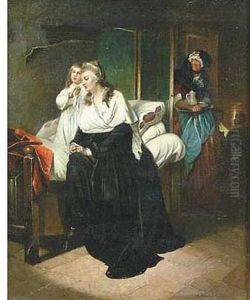
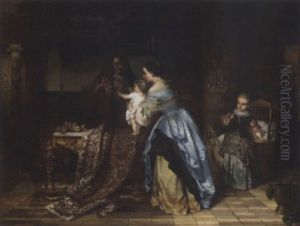
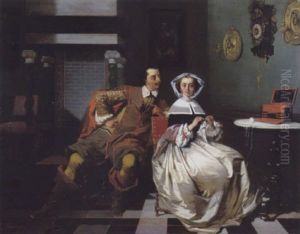
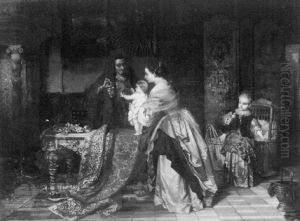
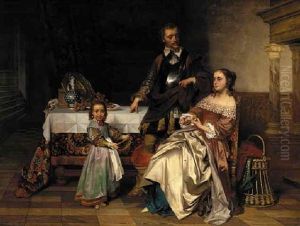
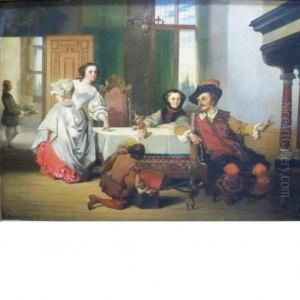
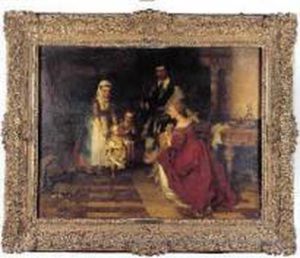
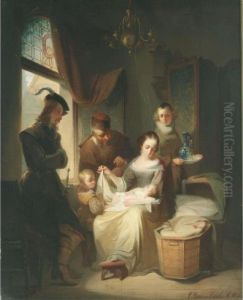
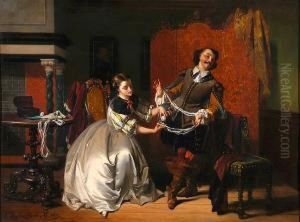
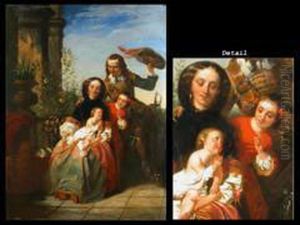
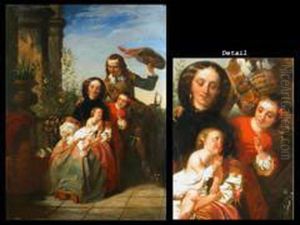
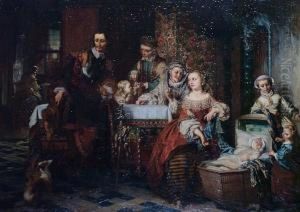
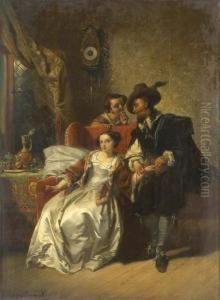
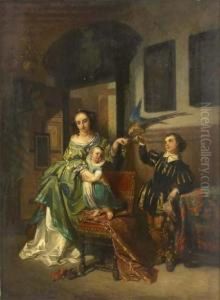
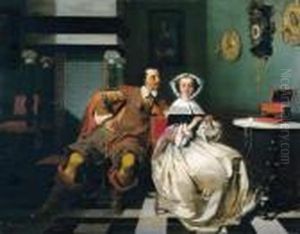
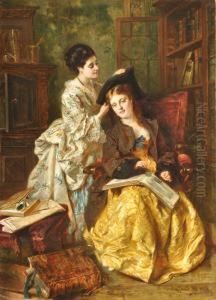
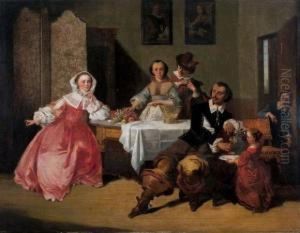

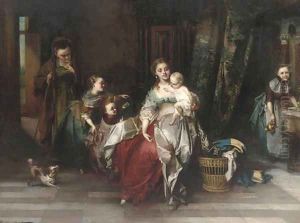
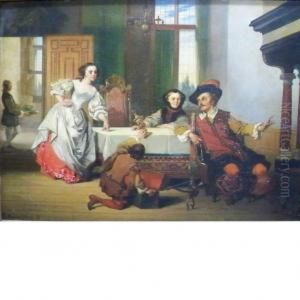
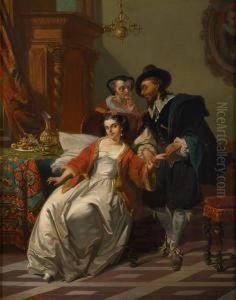
![[interieur Anime.] Huile Sur Panneau, Signee En Bas A Gauche](https://www.niceartgallery.com/imgs/1062543/s/casimir-van-den-daele-interieur-anime-huile-sur-panneau-signee-en-bas-a-gauche-1c3b837b.jpg)
